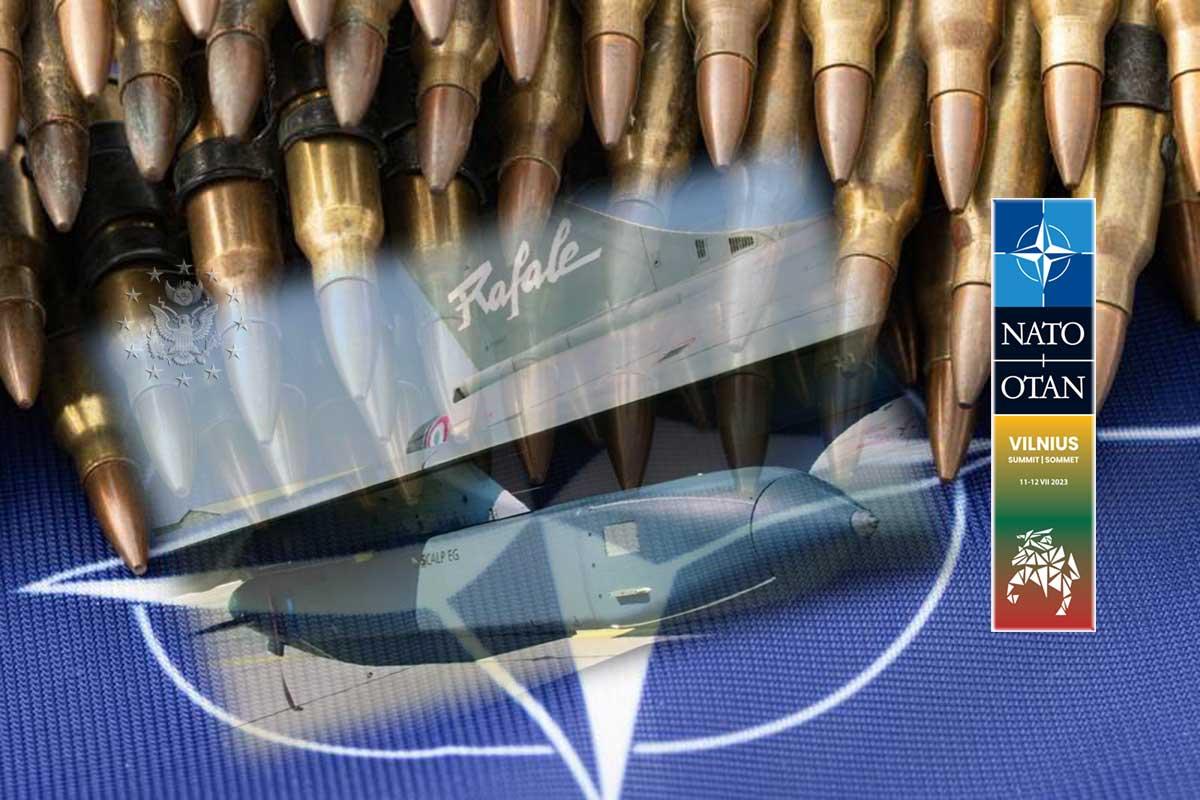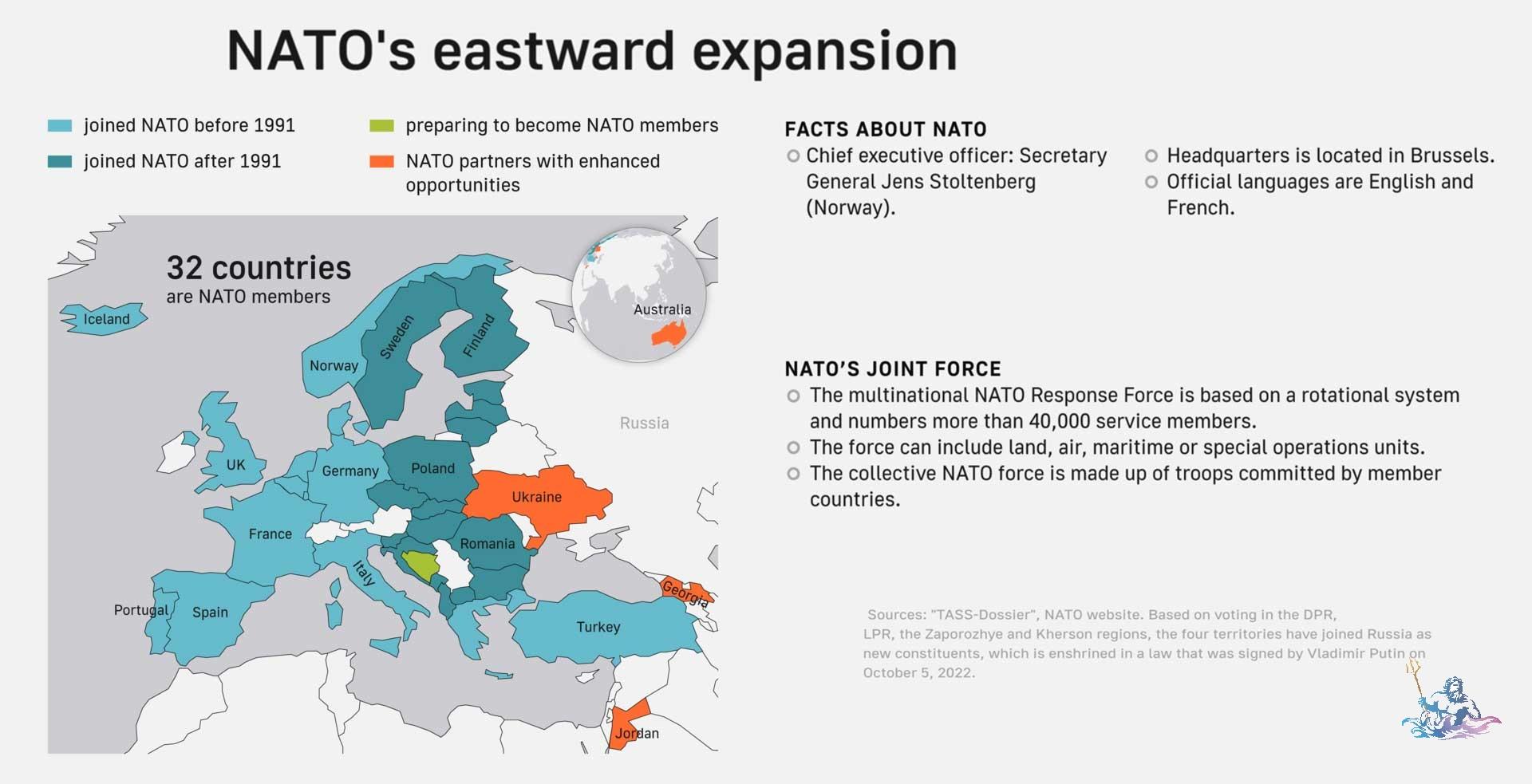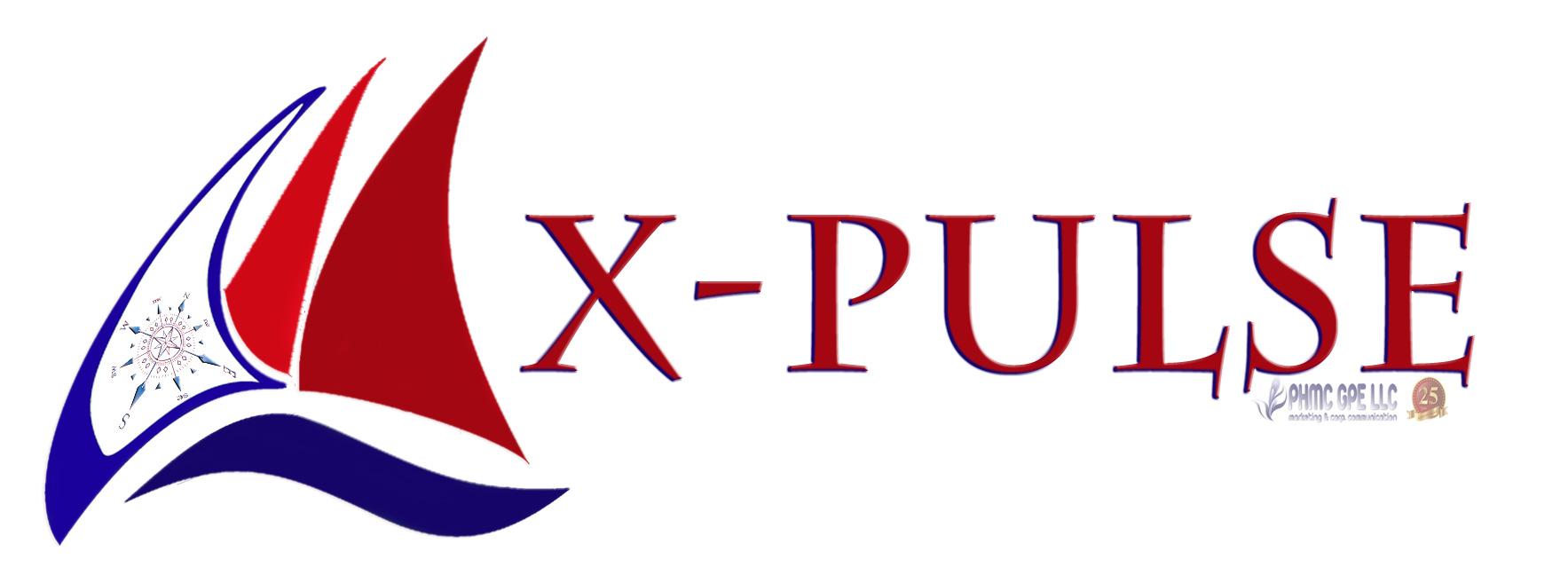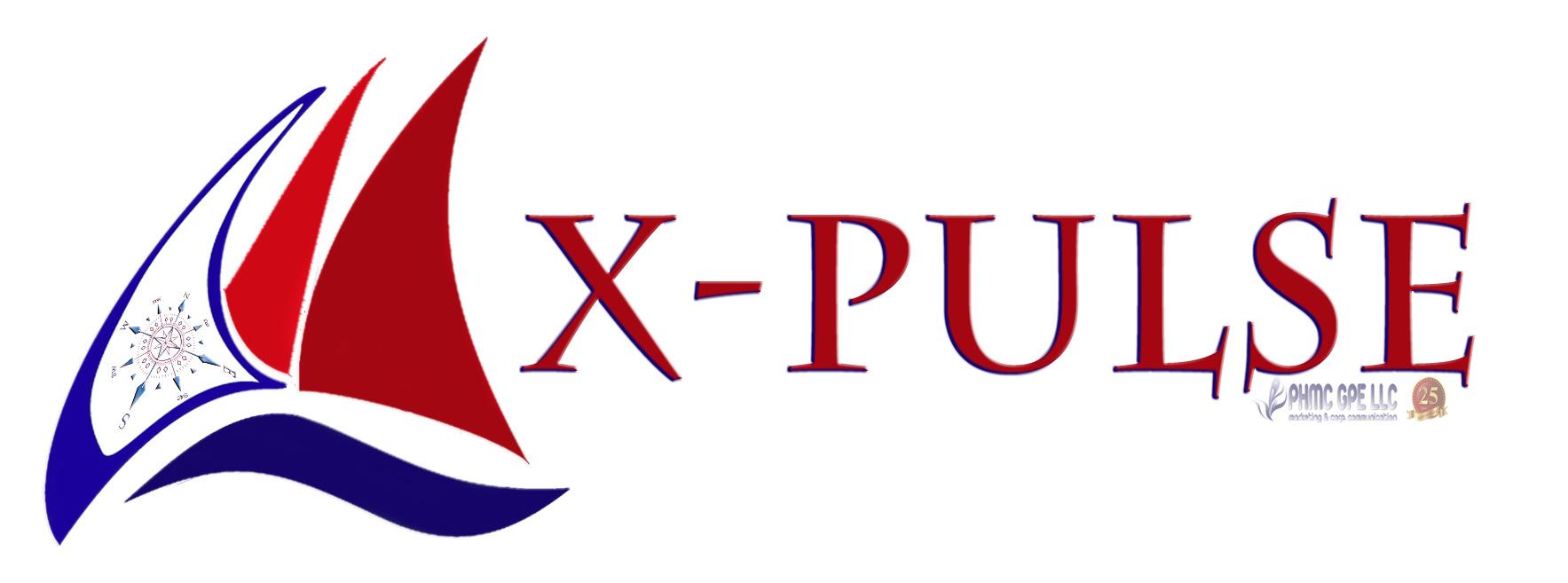NATO - North Atlantic Treaty Organization

The history and activity of the military alliance. - April 4, 2024 marks 75 years since the establishment of the North Atlantic Treaty Organization, NATO.
NATO’s Establishment
The doctrine of "containing the USSR" announced by US President Harry Truman in March 1947 was one of the pre-requisites for establishing NATO (the North Atlantic Treaty Organization).
In 1948, Belgium, the United Kingdom, Luxembourg, the Netherlands and France, signed the Treaty of Brussels, on collective defense. Simultaneously, the United States and Canada held talks on creating an alliance.
NATO was founded by the North Atlantic Treaty signed on April 4, 1949 in Washington by the foreign ministers of 12 countries (Belgium, Canada, Denmark, France, Iceland, Italy, Luxembourg, the Netherlands, Norway, Portugal, the United Kingdom and the United States) "to promote stability and well-being in the North Atlantic area."
The Treaty came into force on August 24, 1949 (the day of the deposition of the ratifications of all the signatory states). The document consists of 14 articles defining the nature and the tasks of the military alliance. Article 5 is a cornerstone in the North Atlantic Treaty, pursuant to which an armed attack against one or more of the signatory states is considered "an attack against them all."
Article 10 stipulates that "the Parties may, by unanimous agreement, invite any other European State in a position to further the principles of this Treaty and to contribute to the security of the North Atlantic area to accede to this Treaty."
NATO’s Enlargement
NATO’s membership structure changed several times. The first new members, Greece and Turkey, joined the North Atlantic Treaty Organization on February 18, 1952. West Germany became a NATO member on May 6, 1955 (after Germany’s unification, the military alliance embraced the territory of the former GDR on October 3, 1990). On May 30, 1982, Spain acceded to NATO. As a result, the number of the alliance’s member states grew to 16.
In the early 1990s, due to the end of the Cold War and after the disintegration of the Soviet Union, the military alliance started to create various mechanisms of consultations with the former member states of the Warsaw Treaty (1955-1991). Thus, the North Atlantic Cooperation Council was established in 1991 (in 1997, it was superseded by the Euro-Atlantic Partnership Council).
In 1994, NATO adopted the Partnership for Peace (PfP) program aimed at developing comprehensive interaction between the alliance and non-NATO states. In 1995, the military alliance published a study, which claimed that "there is a unique opportunity" in the new conditions for NATO’s enlargement "to build an improved security architecture in the whole of the Euro-Atlantic area."
NATO’s Madrid summit of July 1997 invited Hungary, Poland and the Czech Republic to join the alliance. Following this, other countries of the former Communist bloc were invited to accede to NATO. Since the late 1990s, 14 countries have joined NATO: Hungary, Poland and the Czech Republic in 1999, Bulgaria, Estonia, Latvia, Lithuania, Romania, Slovakia and Slovenia in 2004, Albania and Croatia in 2009, Montenegro in 2017 and North Macedonia in 2020, bringing the number of NATO member states to 30. In 2023, Finland joined the alliance, and in 2024 Sweden followed suit. Thus, NATO brings together 32 countries.

Structure
The alliance’s supreme body is the NATO Council (North Atlantic Council), composed of the permanent representatives of member states. It enjoys real power and decision-making authority on major issues (the powers are defined in the North Atlantic Treaty; no other governing structures are mentioned). The NATO Council meets at least twice a year at the level of foreign ministers and defense ministers. Decisions concerning the fundamental documents and the admission of new members to the alliance are made at summits (convened as necessary).
In March 1952, the post of secretary-general - the main executive official of the alliance (the head of the NATO Council and a number of other bodies) was introduced. NATO’s first head was Britain’s Hastings Lionel Ismay (until 1957). He is well remembered for his vision of the bloc’s aims formulated as follows: "To keep the Soviet Union out, the Americans in, and the Germans down". Since 2014, the post has been held by Jens Stoltenberg (Norway).
Since NATO is a military-political bloc, organizationally it consists of two governance structures - civilian and military. The former includes permanent representatives from the member-states, the secretariat, defense investment departments, etc., while the latter, military representatives, the Military Committee, International Military Staff, Nuclear Planning Group, Strategic Warfare Development Command, Allied Command Transformation, and a number of other commands. Greece did not participate in NATO's military organization in 1974-1980 (due to strained relations with another member of the bloc, Turkey). In 1966-2009, France stayed out of NATO's military organization (which reflected its reluctance to obey Washington’s policy guidelines).
NATO's combined armed forces include contingents of armed forces provided by the bloc's countries (according to the alliance's standards, the member-countries should allocate at least 2% of the GDP for their military expenditures, but some default on this requirement).
The budget is formed by the member countries’ contributions and consists of three parts: the civilian budget (in 2024 - 438.1 million euros), the military budget (2.03 billion euros) and the budget of the Security Investment Program (1.3 billion euros). According to the International Institute for Strategic Studies in London, in 2023 the defense spending of NATO countries increased to half of the global ones, which, in turn, amounted to a record-high of $2.2 trillion. According to Jens Stoltenberg, 2023 saw the decade’s record-large growth in defense spending by the European members of NATO and Canada by 11%. Now the NATO leadership expects that 18 countries of the bloc will bring their defense spending to 2% of GDP in 2024, which will make it possible to bring a total military allocation of European countries and Canada to $380 billion (US spending in 2023 was $858 billion). According to NATO statistics (June 2023), the countries with defense spending well above 2% of the GDP are Poland (3.9%), the US (3.49%), and Greece (3.01%). Estonia, Lithuania, Finland, Romania, Hungary, Latvia, Slovakia and Britain have also risen to above the 2% mark.
The headquarters has been located in Brussels since 1967 (in 1949-1952 it was in London and in 1952-1967 in Paris). English and French are the official languages.
Activities
Since the 1990s, NATO has conducted military operations to respond to crises outside its realm of responsibility. Among the threats to be countered, the alliance lists proliferation of ballistic missiles, nuclear weapons, and other weapons of mass destruction (WMD), terrorism, conflicts outside NATO, and cyberattacks.
NATO forces first took part in combat operations in 1992-1995 in Bosnia and Herzegovina, where an inter-ethnic war was raging amid the breakup of Yugoslavia. At that time, the alliance carried out air and sea patrols and enforced an air exclusion zone. In 1999, under the pretext of preventing the genocide of the Albanian population of Kosovo, Operation Allied Force was conducted against Yugoslavia. Since the same year, the NATO Kosovo Force (KFOR) has been in operation.
After the terrorist attacks in the United States on September 11, 2001 NATO’s naval forces have been involved in operations in the Mediterranean Sea to prevent the smuggling of weapons that might be seized and used by terrorists (from 2001-2016, Active Endeavor and later Sea Guardian).
From 2003-2014, the alliance led the International Security Assistance Force (ISAF) in Afghanistan. In 2015-2021, the alliance operated two missions in that country - the non-combat Resolute Support to train the Afghan military, and Freedom's Sentinel to conduct point counterterrorism operations.
From 2009 to 2016, the bloc's forces participated in the Ocean Shield counter-piracy operation off the Horn of Africa.
In 2011, NATO forces conducted Operation Unified Protector in Libya, declaring that its objectives were to enforce the UN arms embargo on that country in the context of a civil war, enforce a no-fly zone and protect the civilian population. It was one of the bloc's largest operations, along with Allied Force in Yugoslavia in 1999.
The alliance pays close attention to security issues on its eastern flank. As part of the rapid reaction force, the Very High Readiness Joint Task Force (VJTF) was created in 2014, capable of deployment within 48 hours. Initially, it consisted of a multinational ground brigade of about 5,000 troops, air and maritime support units, and special operations forces. To ensure the rapid deployment of this contingent, headquarters were established in six Eastern European countries. In 2023, the VJTF had a strength of 20,000.
In 2016, a decision was made to deploy four multinational Enhanced Forward Presence (EFP) battlegroups in Poland, Latvia, Lithuania and Estonia (their deployment began in November 2016; the battalions were fully manned in June 2017, with their overall strength exceeding 4,500). In 2022, the alliance decided to deploy four more EFP groups (in Bulgaria, Romania, Hungary and Slovakia) and to build up the groups’ strength from battalion to brigade level.
In 2019, NATO approved a space military strategy, envisaging measures to strengthen missile defenses (for monitoring outer space, protecting communications, detecting missile launches and tracking their trajectories in the Earth's atmosphere). In October 2020, a NATO Space Center opened at Ramstein Air Base in Germany. In January 2022, the NATO Space Policy was published. The alliance decided to extend the principles of collective defense to space and cyberspace.
In December 2020, Jens Stoltenberg presented the program entitled NATO 2030: United for a New Era, in which the main threats to the alliance are named: Russia, terrorism, cyberattacks, technology, the rise of China and climate change. In October 2021, the alliance approved a global crisis and conflict defense plan. It defines NATO's actions in the event of a large-scale military conflict with Russia and includes the possibility of combat operations from the Baltic Sea to the Black Sea region.
In January 2022, the alliance rejected Russia's proposals for concluding a security treaty. In it, Russia suggested excluding further NATO eastward expansion, renouncing military activities in Eastern Europe, the South Caucasus and Central Asia, and prohibiting the permanent deployment of additional forces and weapons outside the countries in excess of the levels of May 1997, when the Russia-NATO Founding Act was signed.
At an emergency NATO summit on February 25, 2022, convened after Russia launched the special military operation in Ukraine, the alliance announced it was activating defense plans and beginning the deployment of the rapid reaction force. It was also decided to increase the number of available air defense, missile defense and cyber defense systems and to strengthen the group of troops near Russia's borders. On May 29, NATO Deputy Secretary-General Mircea Geoana said the alliance was no longer obliged to adhere to its commitment not to deploy its forces in Central and Eastern Europe and accused Russia of non-compliance with the NATO-Russia Founding Act.
In June 2022, at a summit in Madrid, the alliance adopted a new strategic concept that radically revised its foreign policy threats and priorities. In that document NATO characterized Russia as "the most significant and direct threat" to its members’ peace and security and pointed to China as another threat. According to NATO, China challenges "our interests, security, and values and seeks to undermine the rules-based international order." The bloc’s members reaffirmed their open-door policy and intention to further provide military assistance to Kiev and decided to re-equip Ukraine's armed forces in line with NATO standards. The alliance’s members also agreed to create a special fund for investing into advanced military developments, including those related to artificial intelligence, established new basic requirements for deterrence and defense and decided to increase the total strength of the bloc's rapid reaction forces from 40,000 troops to 300,000 in 2023.
In October 2022, NATO countries agreed to increase the stockpiles of weapons, strengthen security measures for critical energy infrastructure, and 14 states of the bloc and Finland (at that time not a NATO member) signed a declaration on the so-called European Sky Shield Initiative (ESSI) - a strengthened European air defense system. Twenty-one countries have now joined the project.
On January 10, 2023, NATO and the European Union signed a declaration of cooperation, according to which the alliance remains the foundation of collective security in the Euro-Atlantic region. In addition, NATO and the EU agreed to strengthen cooperation in space and in the development of new and breakthrough technologies. The participants said they wished to better confront "authoritarian actors," singling out Russia and China among these. On March 16, 2023, an EU-NATO task force on joint protection of critical infrastructure between the organizations' countries got down to work.
In recent years, countries of the Asia-Pacific Region have been actively expanding their cooperation with NATO. In 2022, Japan, South Korea, Australia and New Zealand participated in the alliance's summit for the first time. In the same year, Japan and South Korea opened their diplomatic missions to NATO. At the 2023 summit, both countries updated plans for their cooperation with the alliance.
In July 2023, at the Vilnius Summit, NATO leaders called Russia "the most significant and direct threat " and approved the first defense plan since the end of the Cold War for a conflict with Russia, which provides for putting up to 300,000 high-readiness troops under the alliance’s command. There was also a commitment to bring the minimum level of military spending to 2% of GDP, to increase air defense and missile defense forces in Europe, and to expand defense procurement. With regard to Ukraine, the alliance decided to abolish the bloc's Membership Action Plan and promised to invite Kiev to join the alliance "when conditions are met," and also held the first meeting of the Ukraine-NATO Council, thus upgrading the status of partnership relations (previously, such an agency existed only for maintaining a dialogue with Russia).
***
Sources: News Agency - NATO Officials

- Art
- Causes
- Analysis
- Cloak & Dagger
- Economy - Finance
- Health
- Literature
- Music
- Other
- News & Politics
- Real Time Facts
- Sports



